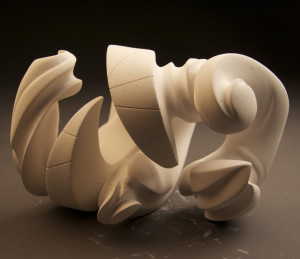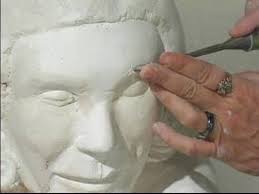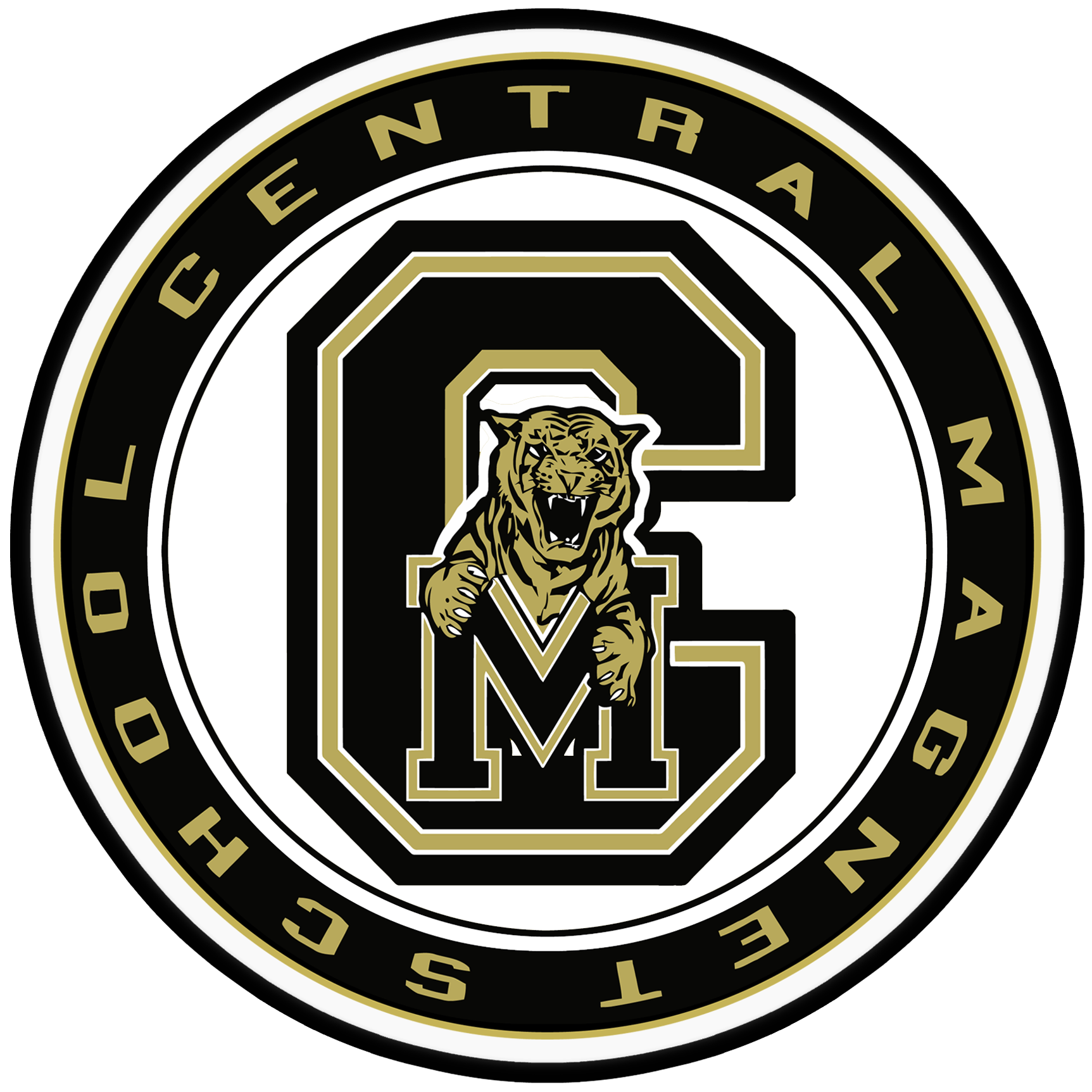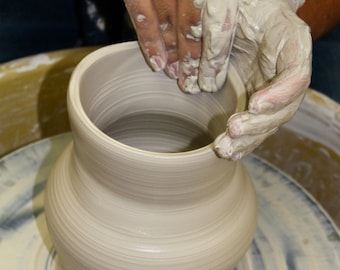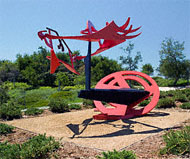Sculpted Eye-Wear
[Recycling, Problem Solving, Tool use, Fashion, Cultures]
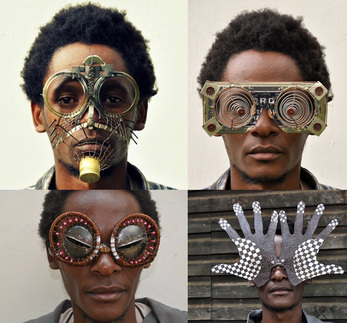
Cyrus Kabiru is an artist that currently creates in Nairobi (Africa) and makes delightful eye-wear made from found items. His Recycled glasses are decorative as opposed to functional but have a great sense of character about them.
Search your house for old radios, phones, monitors, keyboards and the like produce a great deal of interesting "stuff" that can be re-purposed into works of sculpture. See what you can find and piece together your own sculpted eye-wear. Photograph what you've made and upload it on Teams.
See more of this artist's work at this website https://www.artsy.net/artist/cyrus-kabiru
Check out this Video of Kabiru's Work:
https://www.youtube.com/watch?time_continue=4&v=jv--ezAQOrY&feature=emb_logo
Additional Masks by Kabiru:


Assignment- 5/6
OUTDOOR SCULPTURE UNLEASHES POWER IN EXHIBIT AT WELLESLEY COLLEGE TONY MATELLI: New Gravity
Read through the following observations and watch the video about "Sleepwalker" and "Stray Dog." Once finished write a one page paper defending your opinion on the "Sleepwalker" Sculpture. Focus on the main question: should it have been installed where it was or should it have been moved. Make sure to support your decision with points from the following articles or videos:
Matelli discussing his Sleepwalker Sculpture: https://www.youtube.com/watch?v=S1y2w4i1cUM
News Stories about Sleepwalker: https://www.youtube.com/watch?v=ZdeLwrZI1zI
https://www.youtube.com/watch?v=oVQx27NHZPQ
What do “Stray Dog” and “Sleepwalker” have in common?
- Both “Stray Dog” and “Sleepwalker” are bronze life-size sculpture painted in realistic colors, so on first or second glance they look like living beings. Even close up, clues such as the surface shine and body’s stillness are subtle and intuitive. Before you touch them, you can marvel at the lifelike visual details.
- Both were created by artist Tony Matelli, whose website includes fascinating scenes from his studio process.
- They are the only two pieces outdoors on the Wellesley College campus as part of a major show, Tony Matelli: New Gravity with two full floors inside Wellesley’s Davis Museum.
- Matelli has described both characters as uncomfortably adrift, missing some essential connection or stabilizing purpose. He has emphasized their sense of need and loss.

Family discussing “Sleepwalker”
How are “Stray Dog” and “Sleepwalker” different?
- Differences between the two for the current exhibit are their location, placement, and visibility on campus.
- “Sleepwalker” is very near the on-campus intersection of roads next to the Davis Museum. You can hardly miss it if you are on your way to the museum, or even if you are not. When it was first placed there in early February, student reaction at this women’s college was not completely positive. Some woman expressed alarm at the persistent presence of a man in underpants with arms outstretched. To them, his stance suggested sexual assault, triggering fears, nightmares or upsetting memories. For this and other reasons, concerned students started an online petition addressed to the college president and the museum director with their request that the sculpture be moved out of the public area and into the museum. Very quickly, the petition acquired hundreds of signatures; almost as quickly the issues and image sparked much media attention, for example news coverage in the New York Times.
- The museum director Lisa Fischman responded to the petition. She defended the importance of placing the sculpture outdoors, near the museum,where visitors can view it from a window in the gallery that displays related works of the artist. Interviewed for Boston.com, Tony Matelli explained his rationale for outdoor placement in relation to key themes, such as disorienation and dislocation, in his work. He stressed his own intentions to convey the sleepwalker’s vulnerability, in contrast to predatory male behavior.

Museum guard noted that many people had been clothing the statue
- Unlike “Sleepwalker”, “Stray Dog” is fairly far from the museum. It is low down to the right of the Clapp Library steps as you approach. Not obviously out of place, it could be a small, unusually patient pet sniffing the ground. From its stance and harness, this seeing-eye dog seems ready to serve, hoping to help a human in need. More appealing and less controversial than the human, this sculpture offers rewarding balance to the human figure and possibly for visitors who go out of their way to find the dog.
- While the man is hard to miss, the dog is easy to miss, though not hard to find if you head for the Clapp Library.
How do the two outdoor sculptures relate to the indoor exhibit?
- To me the two outdoor sculptures extend themes of New Gravity and reveal the significance of outdoor space in Matelli’s work.
- Comments on the extensive, compelling exhibit of Matelli’s art inside the museum are beyond my scope (given the limits I have set for my blog and the length of any one post). Here are links to valuable resources, including alluring visuals: Sebastian Smee’s tribute in the Boston Globe.
- Anyone who can go to the Wellesley campus should allow time to explore the two floors full of Matelli’s art indoors, as well as the two outdoor sculptures!
Updates with Enlightening Inside Information from Wellesley
Fellow deCordova guide Jennifer Starr, whose daughter is a Wellesley student, sent me the following links, which extended my perspective and understanding of issues generated by the placement of Matelli’s work on campus. I am adding them here, with a brief note for each.
This is a cogent, dramatic, and enlightening opinion piece from co-editor in chief of the Wellesley News.
This Boston Magazine article includes a photo of the statue in costume and some statements by Tony Matelli about how students have responded to his art.
Additional updates, thanks to Jennifer Starr:
Wall Street Journal commentary, Fear and Loathing at Wellesley by Lenore Skenazy and response letter from Wellesley President Kim Bottomly
Art Therapize Yourself- Watch the PBS video at the following link that touches on art therapy when responding to Art.
https://www.pbs.org/video/art-therapize-yourself-wzcwvc/
Tour some of the following Virtual Museums and find a work of art that draws you in. Take the time to to really analyze the work and go over some of the questions that were discussed in the PBS video on Art Therapy.
Vatican Museum: http://www.museivaticani.va/content/museivaticani/en/collezioni/musei/tour-virtuali-elenco.1.html
J Paul Getty Museum Sculpture Garden: https://www.xplorit.com/the-getty
Guggenheim Bilbao: https://artsandculture.google.com/partner/guggenheim-bilbao
National Museum of Modern and Contemporary Art, Korea: https://artsandculture.google.com/partner/national-museum-of-modern-and-contemporary-art-korea
The Museu de Arte de São Paulo: https://artsandculture.google.com/partner/masp?hl=en
Assignment 1: Assemblage of Repeated Items- Create a sphere made up of a found object. Browse the artwork of George Hart for more ideas (http://www.georgehart.com/sculpture/sculpture.html)
Video on Al Weiwei: Short video on an installation of backpacks focusing on repetition.
https://art21.org/watch/art-in-the-twenty-first-century/s6/ai-weiwei-in-season-6-of-art-in-the-twenty-first-century-preview-2/
"Eddy" by George Hart
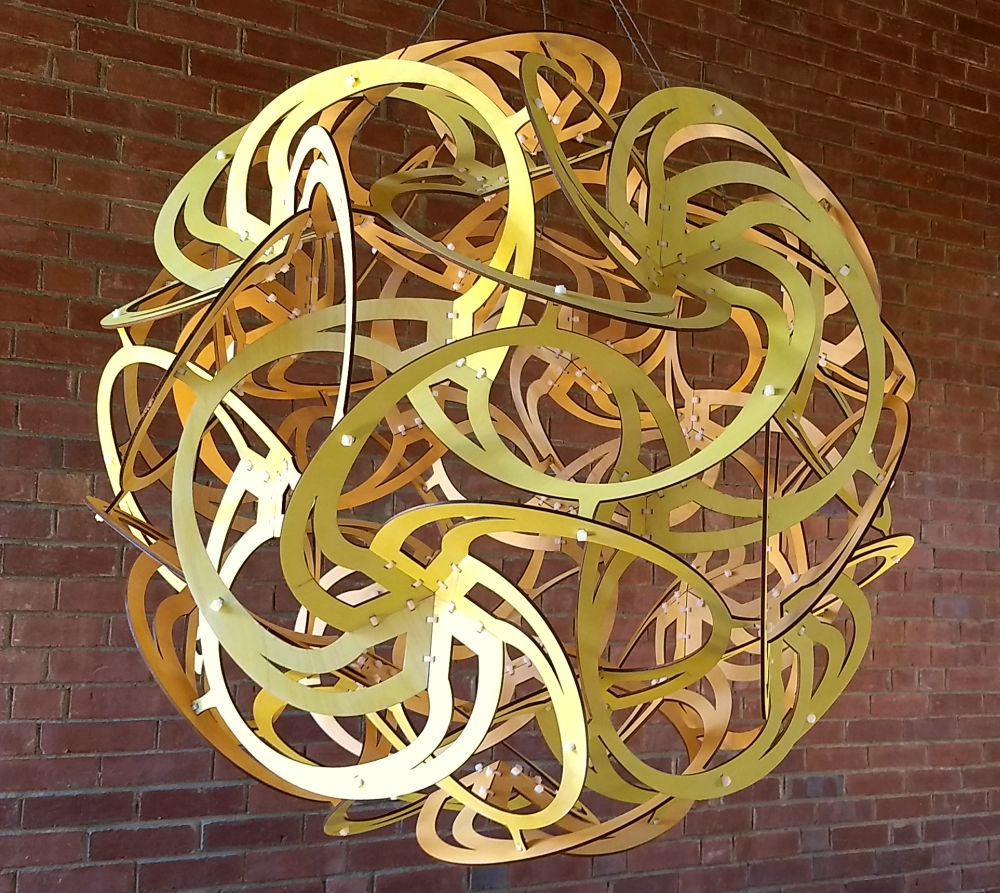
Video of Eddy:
https://youtu.be/8h89aVPM6Cw
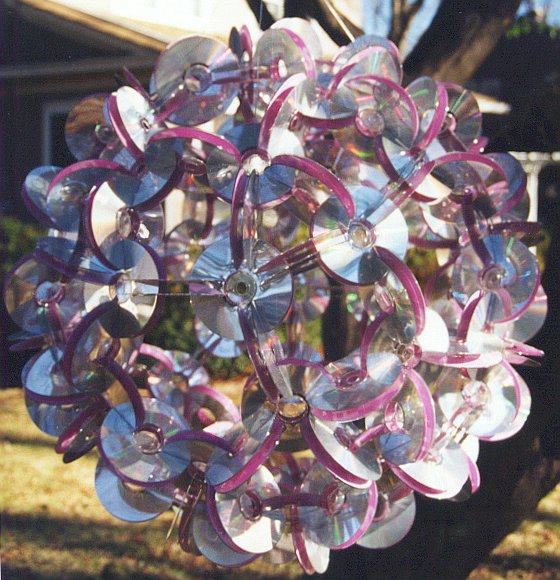
"Lips"
This is one of a series of pieces I am making which assemble common household items into novel geometric arrangements. The viewer is invited to reconsider the CD in this new context and to be reminded of the sculpture when next encountering an isolated CD.
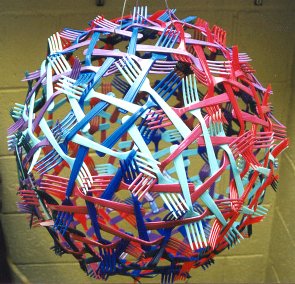
"No Picnic"

Assignment 2: TEXTILE TECTONICS. What is tectonics? What is a fiber? What is a textile? Reading assignments explained. Please download four readings Eva Hesse, Magdalena Abakanowicz, Richard Serra's verb list

TED TALK: Magda Sayeg:
https://www.ted.com/talks/magda_sayeg_how_yarn_bombing_grew_into_a_worldwide_movement
Part of this project is architectural, part is sculptural, and part is technical innovation within a broad interpretation of the textile traditions. Here are some quotes and concepts for you to think about and apply to the project.
“Tectonics depends upon a very few fundamental aspects of the physical world. One, of course, is gravity and the physics that goes with it. Gravity affects what we build and the ground beneath it. Another aspect is the structure of the materials we have, or make, and a third is the way we put those materials together. How and why we do it affects the way they appear as the surfaces that bound space.”--Carles Valhonrat in “Tectonics Considered” Perspecta 24.
In this project you must accomplish three tasks in this order:The Mantra: Form-finding through the self-organization of materials. Just keep repeating it when you get lost and confused.1. Investigate a number of materials (10) and their properties in order to invent or find one “fiber” with which to work. Share these materials (10) and your investigations and experiments (10) with them to class through teams for discussion and evaluation. The emphasis is on investigation and invention both in the selection of the fiber and in how you put the fibers together. 2. Design/propose a sculpture and process that relates to Textile Form and to Tectonic Structure using the “fiber” of your choice. There should be a clear relationship between structure, form, process, and material. Present this proposal in both drawing and written form on teams.3. Complete a sculpture
|
Learning Objectives
|
 |
|
Students will be able to:
• examine and discuss the components of the sculpture Gandydancer's Dream by Mark di Suvero.
• understand the use of rhythm and repetition in late-20th-century sculpture.
• incorporate balance, rhythm, and movement in an original sculpture made of flat shapes and wire.
|
|
Materials
|
 |
|
• Image of Gandydancer's Dream by Mark di Suvero
• Colored cardstock, heavy construction paper, or sheets of colored foam
• Wire (plastic-coated wire or twisty wire)
• Scissors, glue, and pencils to draw shapes
|
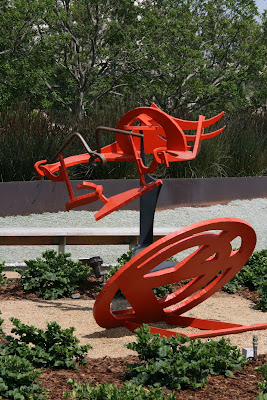
Questions to answer when observing this sculpture:
1. Describe the different components that make up this sculpture.
2. List the shapes you see in this sculpture. What shapes are organic? Which ones are geometric?
3. How is this sculpture balanced? Where is the center of gravity?
4. How would you describe the base of the sculpture?
5. Where do you think most of the weight of this sculpture rests?
6. Gandy dancers were railroad workers who worked in groups and timed their movements through musical chants. Are there any elements of this sculpture that make you think of music?
7. What type of music might you hear if you listen to this sculpture?
8. What elements of this sculpture remind you of rhythmic movements like music?
The Project:
1. Create your own sculptures that incorporate repetition, rhythm, and visual movement. Using only flat, cut-out shapes and wires students will be expected to incorporate repetition, rhythm, and balance in their work.
2. Begin by cutting shapes out of the paper or foam. You should use only two colors, in the same way that di Suvero used only red and black in his sculpture. You will need to repeat some of your shapes to create a sense of rhythm and repetition in your work. For younger students, you can use pre-cut forms. You could make a stencil to create multiple shapes that are the same shape and size.
3. Consider ways to interlock shapes to create new three-dimensional forms. Explore the possibilities of creating new shapes with the paper for a while before considering what your final sculpture will look like. You can also incorporate wire to connect your shapes together by poking holes in their shapes, inserting and twisting the wire to hold shapes in place.
4. Consider the physical balance of their piece. Consider how you will present your final work before using glue to secure it. Think about how the wire will be incorporated into the sculpture and how that will affect its balance. (Wires can act as levers, or extensions for repeating shapes. Wire can also affect the positioning of shapes and the balance of the sculpture.)
Questions to ponder once you've finished the sculpture:
• What were you thinking of as you created the sculpture?
• What does the sculpture bring to mind when you look at the finished piece? What is your evidence?
• How is repetition incorporated in the sculpture? Balance? Rhythm?
• How is the finished sculpture different from your original conception of it in your mind?
• What would you change about your finished work to improve upon it?
Assignment #4:
Plaster Carving Assignment:
Using two forms build one, morphing the forms together to become a non-objective or abstract formal composition. The original forms are to be used as inspiration to assist in guiding the form. Use elements from each, yet develop your sculpture as a unique entity with an elegant form and a clean aesthetic. Original chosen objects may be mechanical (man-made) or natural.
* Carve so that light and shadow create the dynamics of the form.
* Use repetition, directional curves and form to create a since of movement.
* Think about how these objects work together to create one form or how one may seem to dominate over the other, seeming to swallow or assimilate.
* Craftsmanship: Elegant form and a clean aesthetic should be a goal.
* Pay attention to building a form that has interior definition as well as exterior.
* Do not leave any indication of the container of your original form. Work the whole form.
* Remember its okay to go back to sketches drawn or sculpted to alter and redesign your composition as you work through the project. This is a part of the process
 +
+ 
